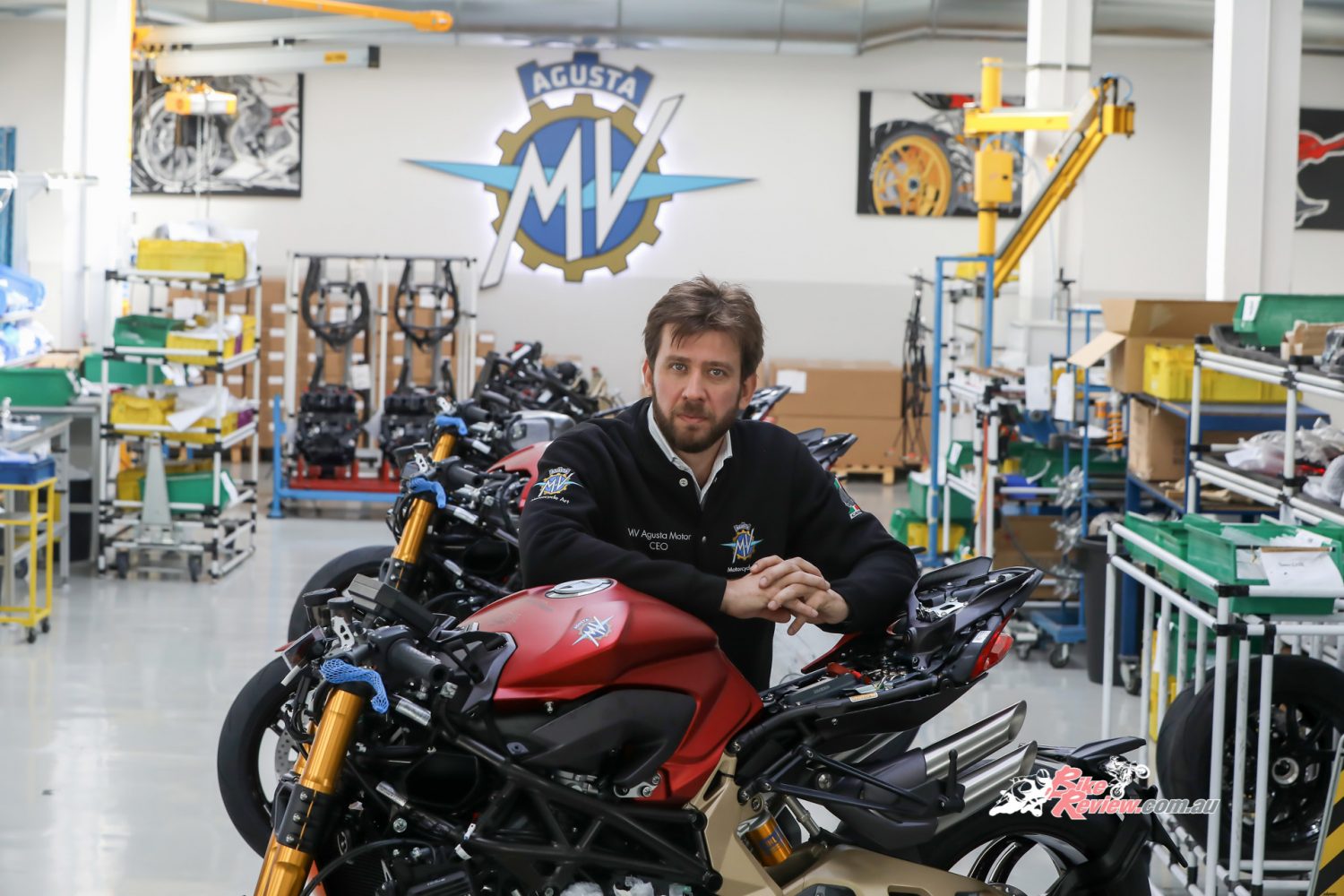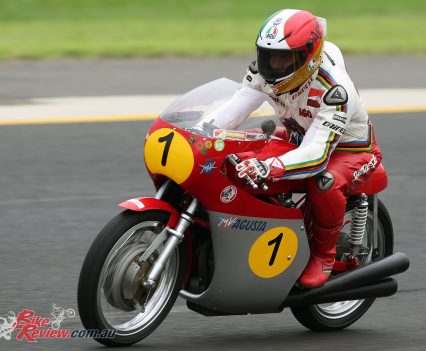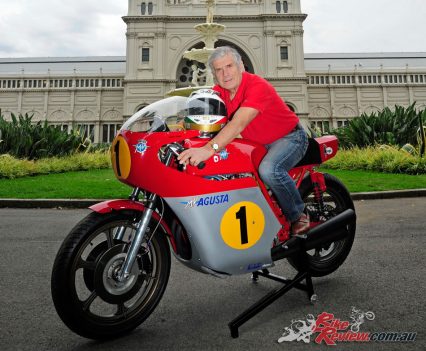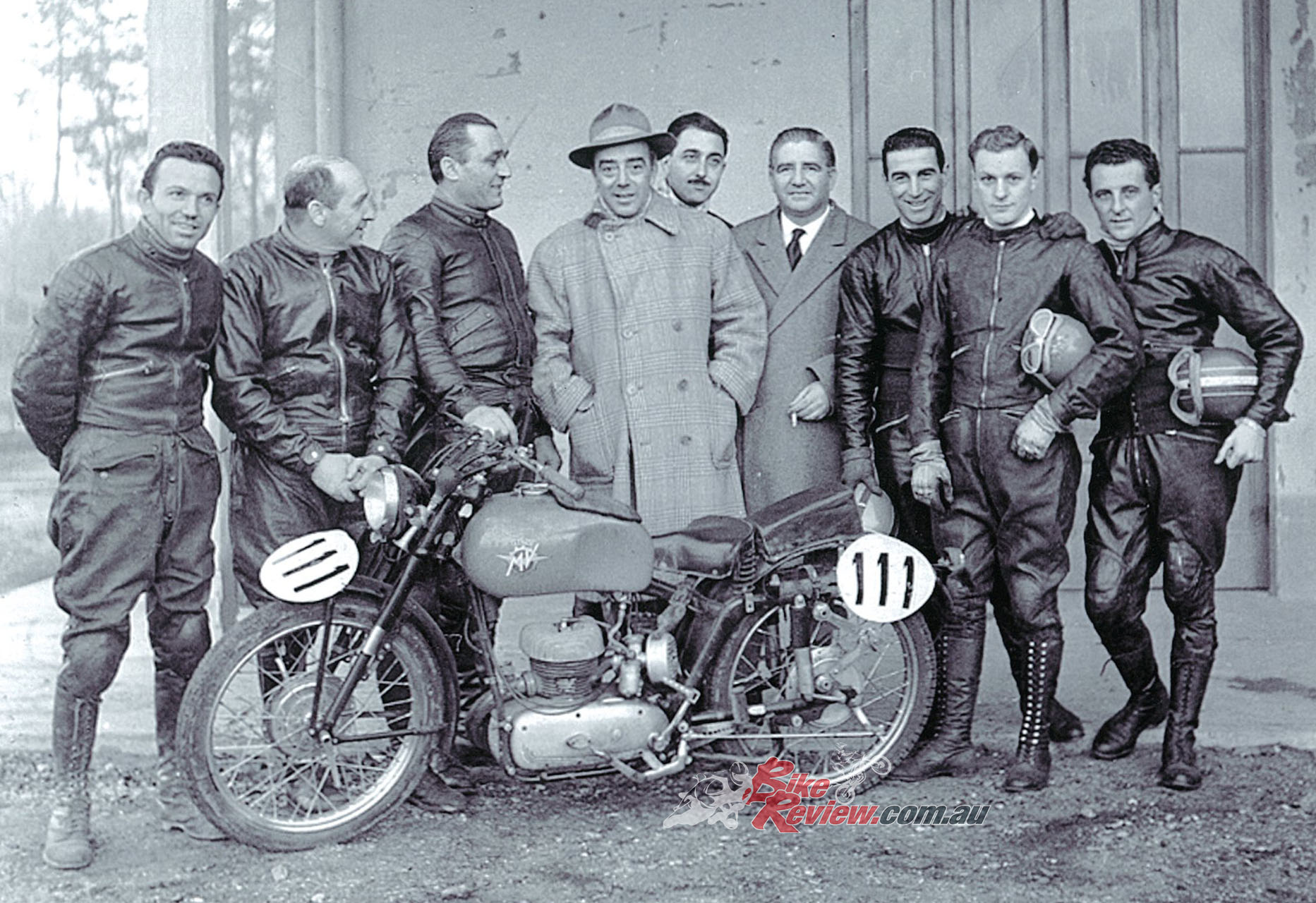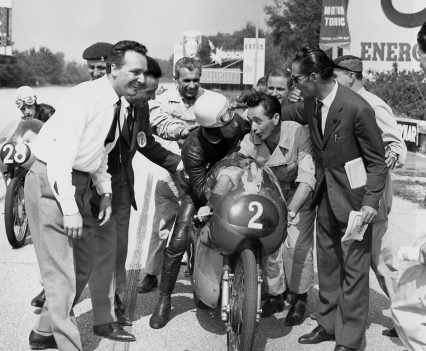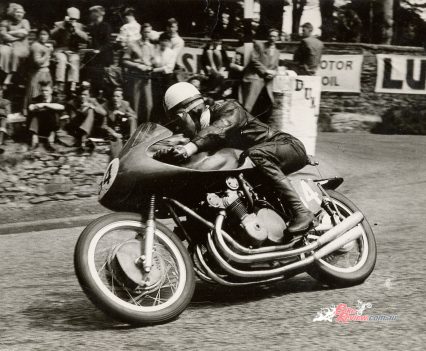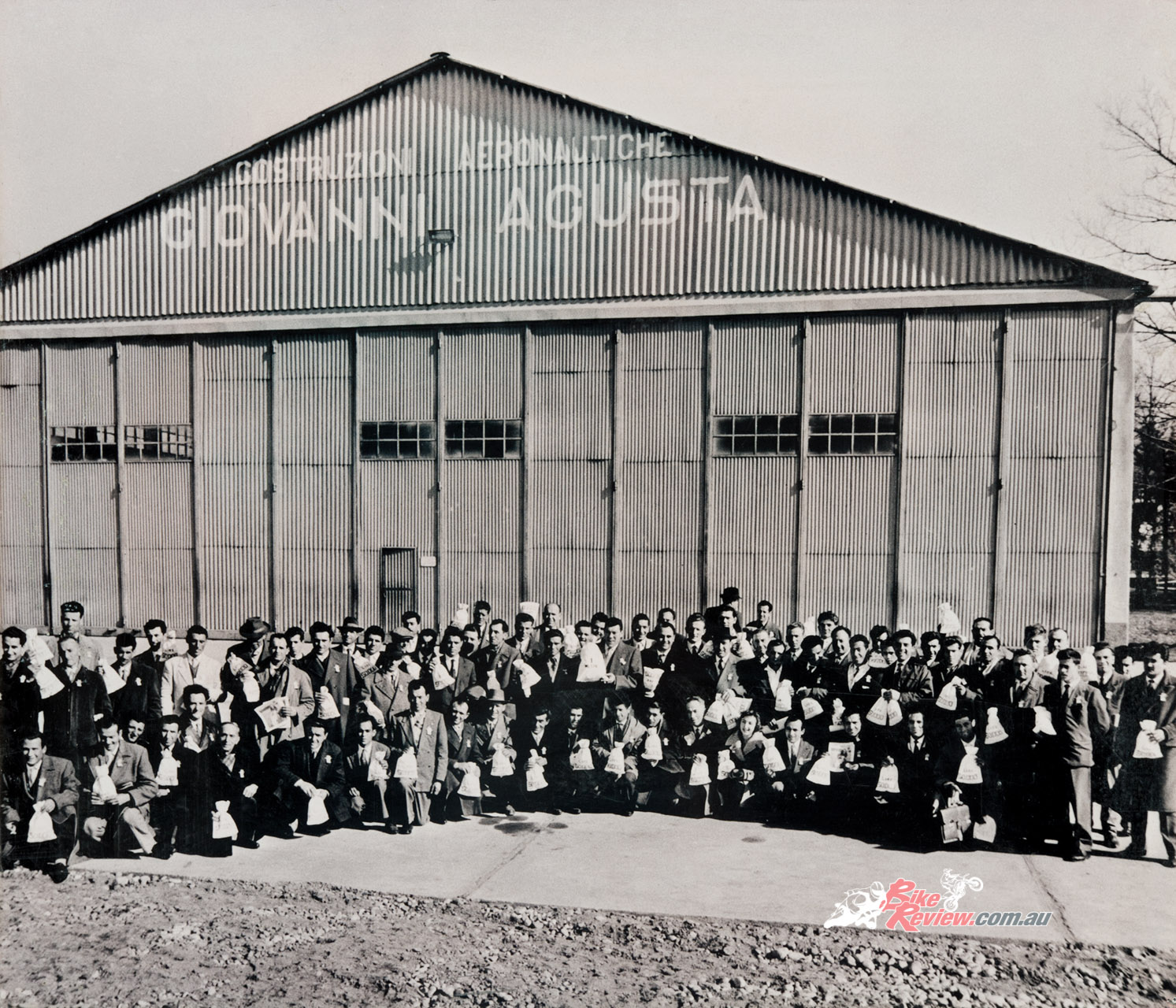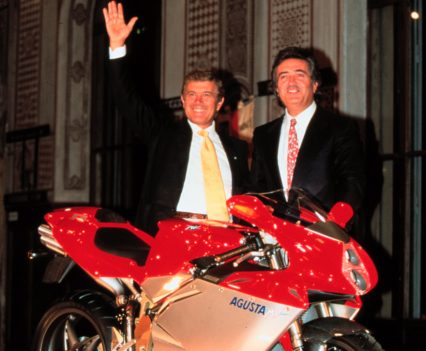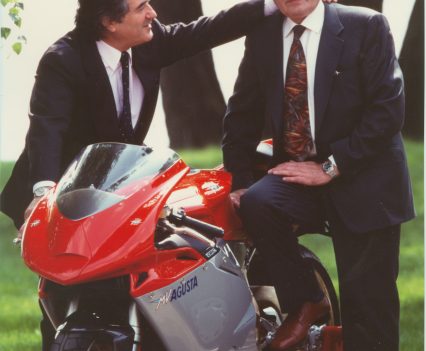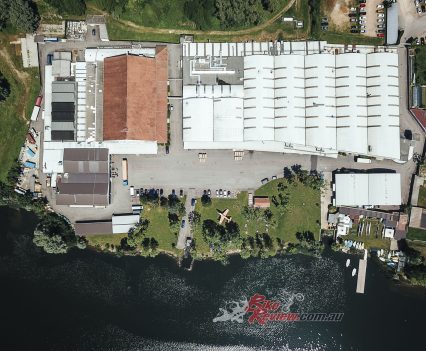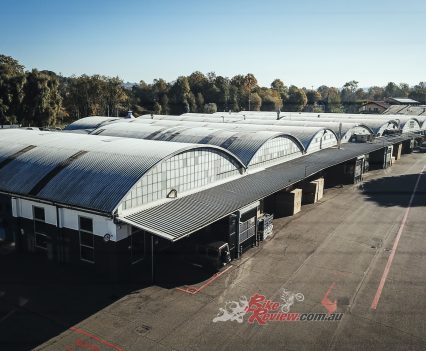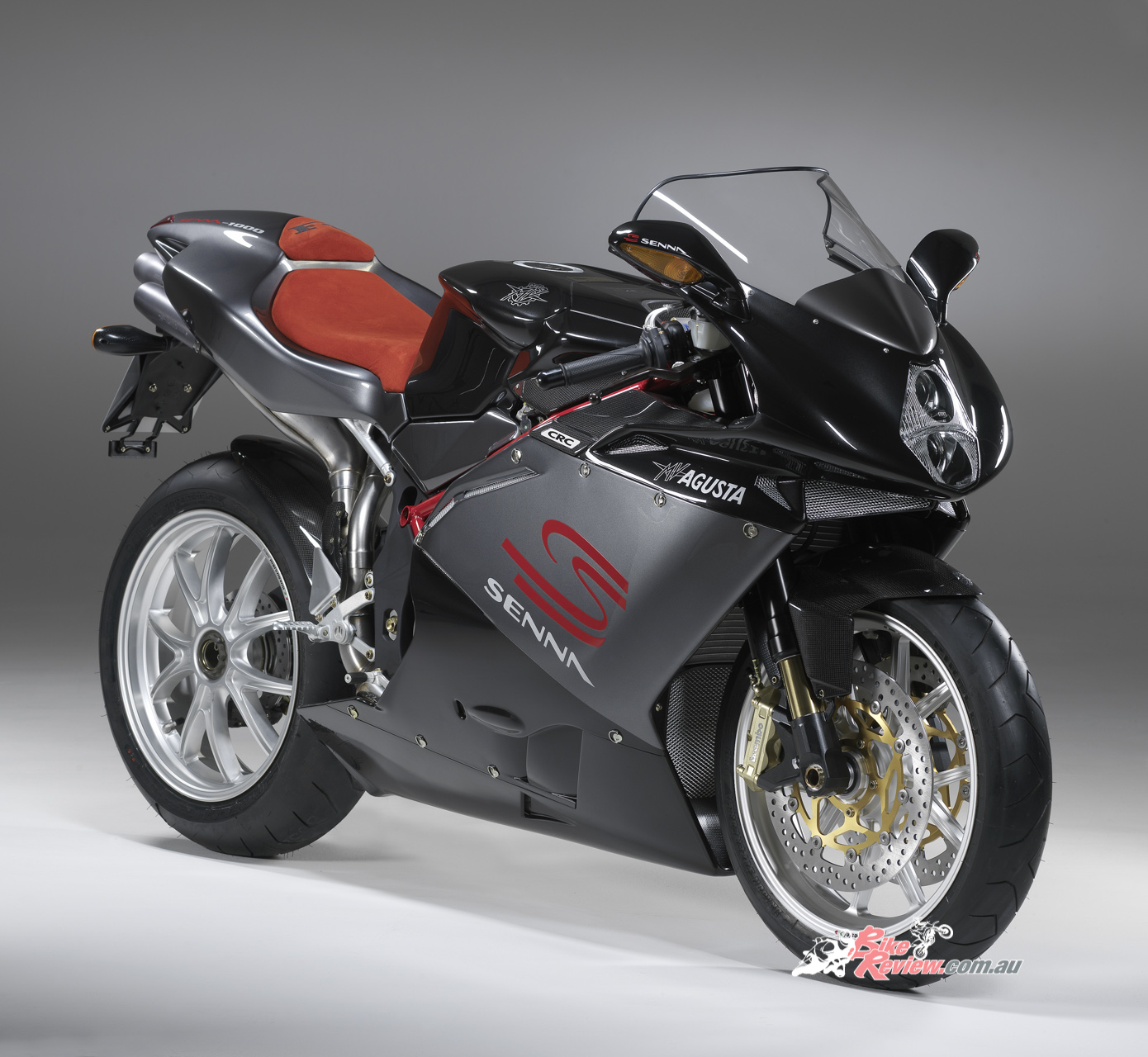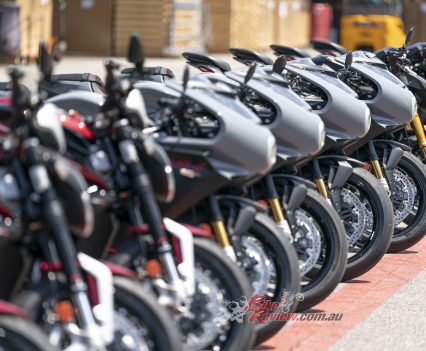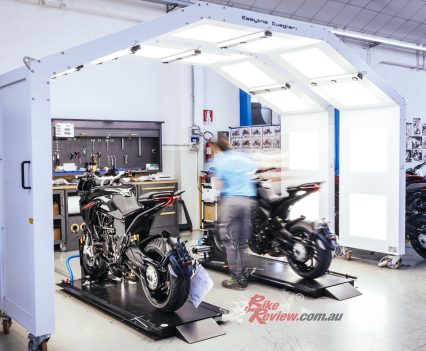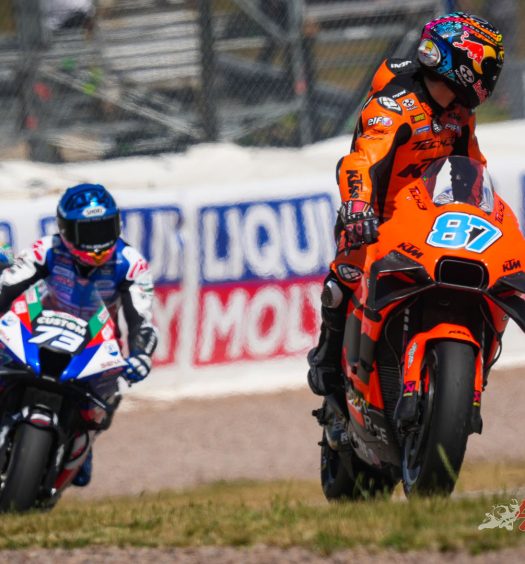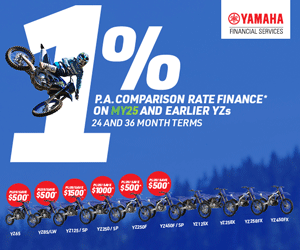With all the changes going on within MV Agusta, Cathcart runs us through the full history on the business side of MV... A company that hasn't recorded a profit in its 75 year history.
Though absent from Grand Prix racing’s premier class for the past 47 years, MV Agusta is still Europe’s most historic and successful racing marque. MV have changed owners a few times over the past couple of decades, most notably with the KTM joint venture…
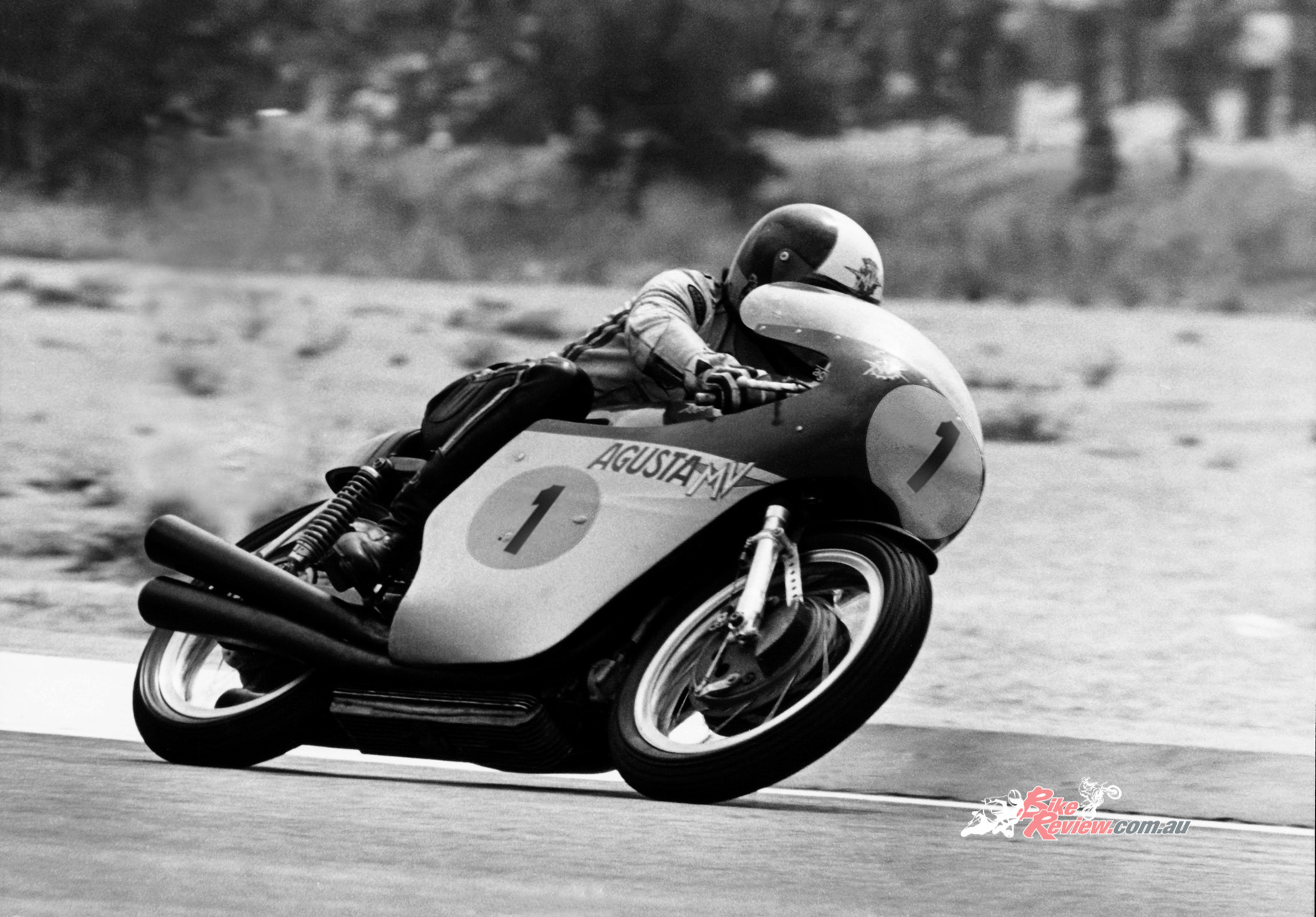
Though absent from Grand Prix racing’s premier class for the past 47 years, MV Agusta is still Europe’s most historic and successful racing marque.
MV Agusta was the winner of 75 World championships (38 Rider titles, 37 Constructor crowns) in every category from 125cc to 500cc, with 270 Grand Prix victories and no less than 3,028 race wins all over the world, from Finland to South Africa, Daytona to the Isle of Man. These came in the 28-year period from MV’s victorious 1948 Italian GP debut with a 125cc two-stroke single, to the day the music died in October 1996, when its glorious-sounding four-cylinder works of mechanical art raced for the last time.
Get up to date with all the info on the KTM/MV Agusta joint venture here…
From 1958 to 1974, MV Agusta riders won the 500cc World Championship uninterruptedly a total of 17 times – even mighty Honda tried, but failed, to defeat them. With its concurrent production of a handful of exotic four-cylinder streetbikes, this makes MV Agusta the true two-wheeled Ferrari – for all its current MotoGP success, with its record-breaking production volume, Ducati is by contrast the Alfa Romeo of motorcycles.
For, like Ferrari, that astounding roll-call of MV success was born from the will to win of a single extremely driven man, intent on demonstrating the intrinsic worth of the bikes bearing his name, in the one venue where no lies can be told: the race track. Count Domenico Agusta was Grand Prix bike racing’s Godfather, whose unfailing support he gave the men who created and rode his red-and-silver ‘fire engines’ to serial success over three decades, was underwritten by the profits of the Agusta family’s aviation business, which today as part of the Leonardo Group is Europe’s largest manufacturer of helicopters.
The creator of the Agusta company was a Sicilian aristocrat, Count Giovanni Agusta, who was one of Italy’s pioneer aviators. In 1908, aged 18, he founded the Agusta aircraft company in Palermo, but Sicily was too remote from the Italian epicentre of early aviation outside Milan, so in 1909 the family moved to an estate at Verghera, 40km northwest of Milan, where he built an aircraft factory. But in 1927 he died, leaving his eldest son Domenico to take over the company. Between 1937 and 1943 the 800-strong Agusta workforce constructed a total of 350 Romeo biplanes and 165 single-wing Avias for use by the Italian Air Force in WW2.
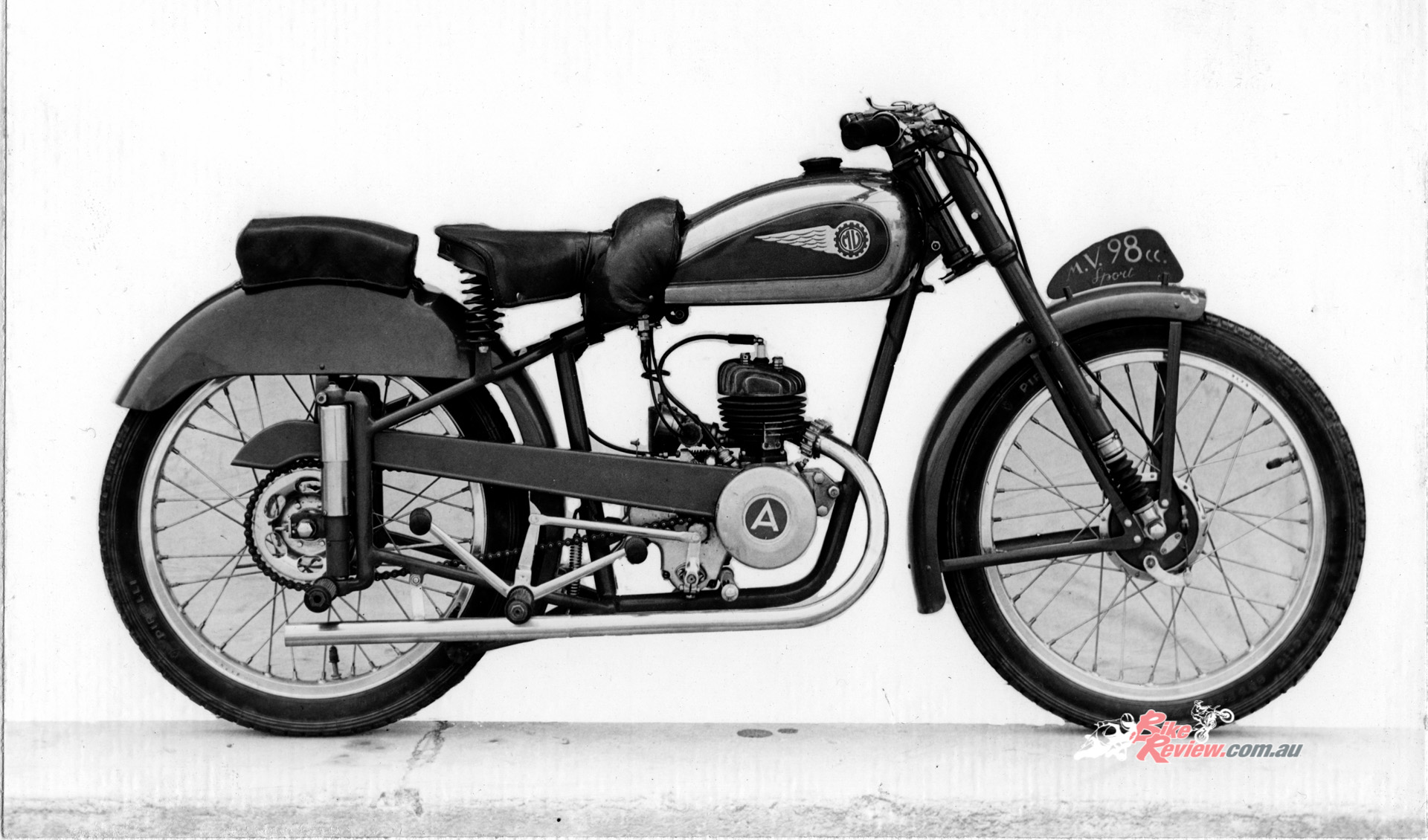
The first MV Agusta was due to be named ‘Vespa’, however the name was taken, and is now known as the MV98.
In September 1943 Italy surrendered to the Allies, prompting the far-sighted Count Agusta to look ahead to peacetime, when he correctly envisaged aircraft manufacture would be forbidden. Already a motorcycle fan, he also rightly reasoned there’d be a postwar demand for affordable personal transportation, so he assembled a team to start developing a rigid-framed girder-forked 98cc two-speed two-stroke model. In February 1945, Meccanica Verghera S.A. was established by the Agusta family to manufacture motorcycles, and MV Agusta was born.
The MV 98 was publicly unveiled in central Milan in December 1945, and entered production next spring, with 7,000 examples built over the next four years. However, Domenico Agusta again rightly foresaw that, as postwar Italy prospered, customers would seek faster, better-equipped models, so MV began to climb the capacity ladder, with the 4-speed 125 Turismo model debuting in 1949. This was a street version of the company’s first purpose-built road racer, conceived by the canny Count as a means of adding extra prestige to the MV brand – but only by winning, of course. By 1953 annual MV production would rise to over 20,000 units.
In 1950 Domenico Agusta decided to establish MV at the very top of the technical ladder by developing a luxury four-cylinder 500cc road bike as a prestige model, complete with shaft final drive – with which he duly went racing that year, en route to John Surtees winning MV’s first 500GP World title in 1956.
Read our interviews with the current MV Agusta owners here...
Moreover, after restarting manufacture in 1950 of Agusta fixed-wing aircraft, in May 1952 Domenico Agusta signed an agreement to manufacture the ground-breaking Bell Model 47 helicopter in Italy, whose distinctive soap-bubble canopy and skid landing gear heralded a new generation of both personal and military aviation. This not only brought the Agusta family significant wealth, but over the next 25 years its profits would fuel the creation of the MV Agusta road racers, and their serial success in GP racing with bikes almost entirely created in-house, with 80 per cent of each race bike manufactured in the team’s Cascina Costa base.
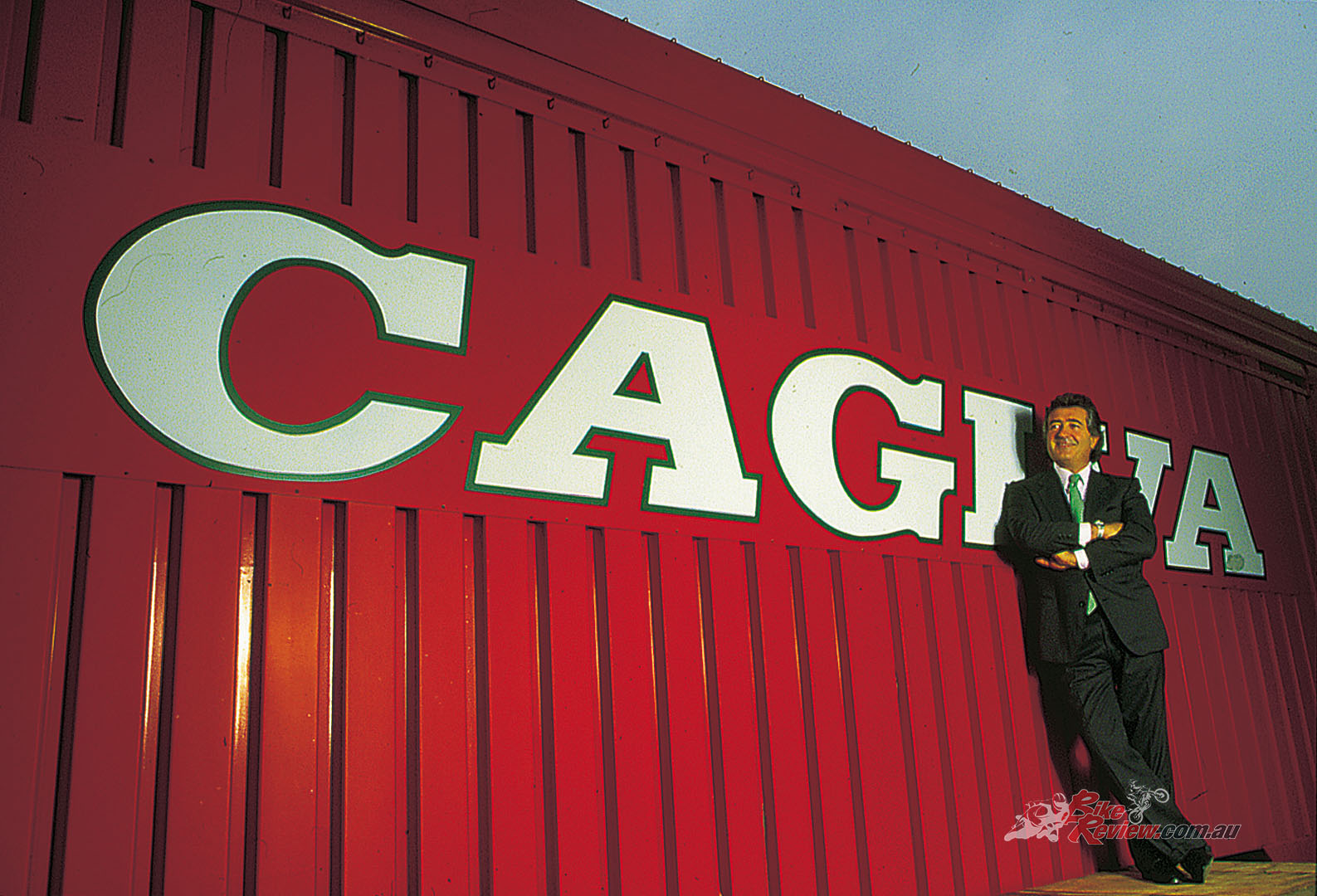
The MV Agusta brand went into cold storage until 1991, when it was purchased from the Agusta family by Claudio Castiglioni, whose family-owned Cagiva brand.
But the death of Count Agusta in 1971, and the onslaught of faster Japanese two-strokes brought an end to MV’s racetrack dominance, with its final GP wins in 1976 coming before stringent noise limits were imposed in 1977. That same year production of MV Agusta streetbikes ended, by which time a total of 241,174 customer bikes bearing the famous badge had been sold to the public, in 31 years of production. The MV Agusta brand went into cold storage until 1991, when it was purchased from the Agusta family by Claudio Castiglioni, whose family-owned Cagiva brand – then Italy’s largest motorcycle manufacturer, producing 40,000 bikes annually – also owned the Ducati, Husqvarna, and Moto Morini marques.
In 1996 Cagiva divested itself of Ducati to the American TPG finance company, and focused on reviving MV Agusta with the 1997 launch of the F4, designed by Massimo Tamburini around a 750cc radial-valve four-cylinder motor developed by Ferrari Engineering in Modena, owned by Piero Ferrari, Enzo’s son. This was a commercial success, re-igniting the MV Agusta brand as a prestige bike manufacturer.
But despite this healthy cashflow, in December 2004 Claudio Castiglioni was forced to sell 58 per cent of his stake in MV Agusta to Malaysian car manufacturer Proton for €70 million. One year later Proton sold its shares to the Italian merchant bank GEVI for just one euro, plus the $107 million of debt associated with MV. Meanwhile, Castiglioni had cut a deal with American financier Oliver Curme, who owned the Norton brand, to acquire it to produce a new generation of twin-cylinder Norton models designed by Massimo Tamburini, which would generate additional volume in MV’s Schiranna factory to underwrite MV’s future development as a prestige brand. But the deal was not approved by GEVI, which instead sold Husqvarna to BMW Motorrad in July 2007.
Read all of our MV Agusta reviews here…
Hugely disappointed by these decisions, Castiglioni found GEVI an exit strategy from the motorcycle business, and in July 2008, Harley-Davidson acquired MV Agusta for $109 million, plus a further €40 million in paying off debts, upgrading production and the launch of the all-new 675cc three-cylinder F3 designed by Ezio Mascheroni. Castiglioni remained as President. However, barely one year later in October 2009 as the GFC began to bite, Harley-Davidson decided to divest itself of MV Agusta, which now with a clean balance sheet and zero debt was sold back to the Castiglioni family for just one euro.
But in August 2011, Claudio Castiglioni passed away from cancer aged just 64, and his son Giovanni assumed control of MV, which thereafter registered significant sales growth, with 3,687 bikes sold in 2011 (+1 per cent vs 2010), 6,557 in 2012 (+70 per cent), 7,488 in 2013 (+14 per cent) and 9,200 in 2014 (+23 per cent). But the company was not sufficiently well capitalised to manage such explosive growth – essentially, it was a victim of its own success, leading Castiglioni to increase its debt again. Furthermore, the company was experiencing its traditional problems with too small a global dealer network, and delayed parts deliveries from suppliers at a time when bigger companies were elbowing their way to the front of the line.
Therefore, when Mercedes-AMG purchased a 25 per cent stake in MV Agusta in 2014 for a €30 million capital injection plus support in sales and marketing operations, it looked like a good deal for the Italian company, possibly occasioned by Mercedes-AMG’s bitter rival VW Audi’s outright acquisition of Ducati in 2012. By 2014, demand had started to ramp up, and this deal helped MV Agusta regain lenders’ confidence. In February 2015, BPM/Banca Popolare di Milano loaned MV Agusta €15 million to implement a new business plan, while suppliers opened a new €25 million credit line for MV. Hopes were high this would be a great partnership between two successful, high-performance, prestige brands which seemed ideally placed to sell premier-level products to a well-heeled clientele.
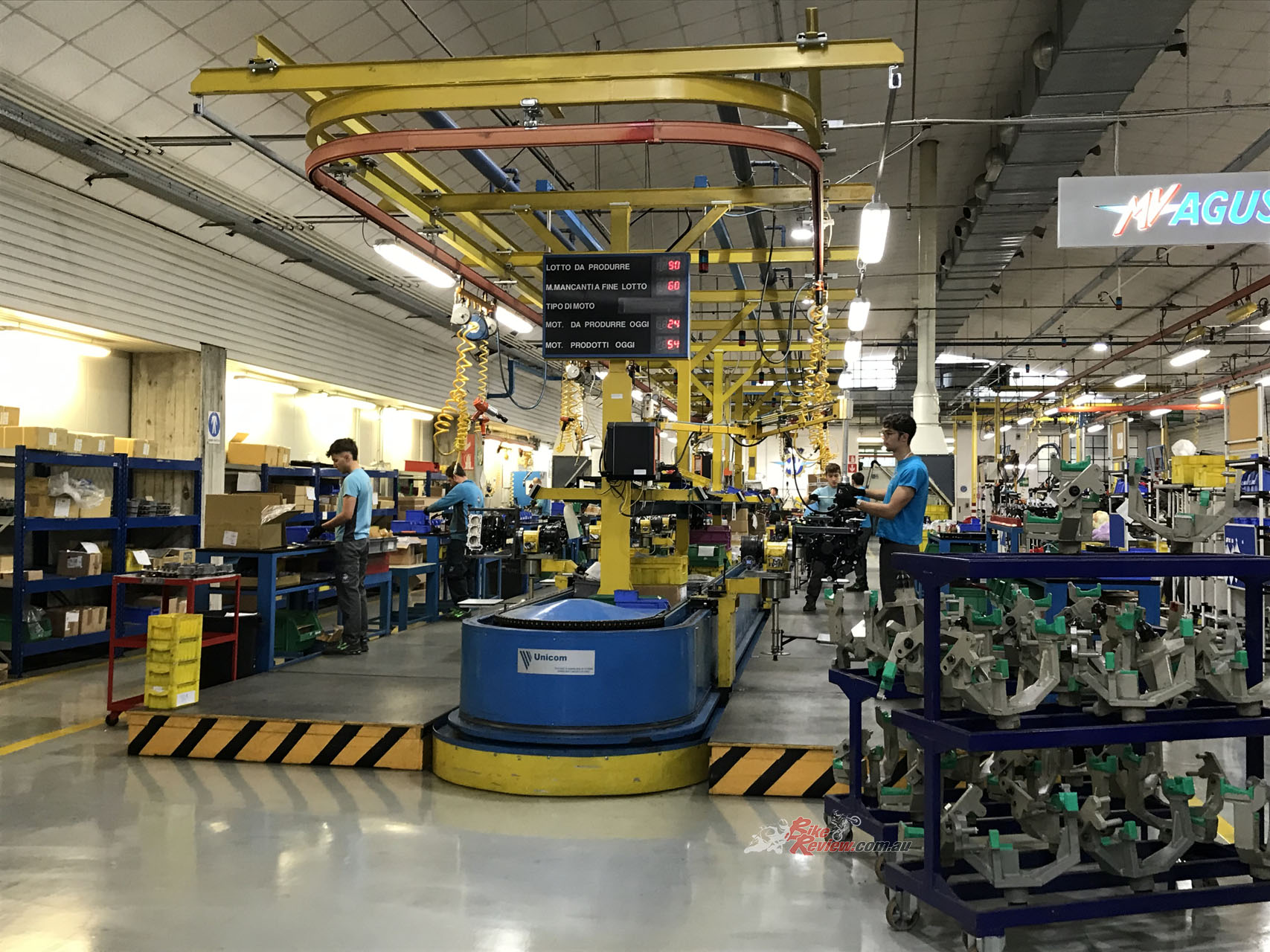
in 2016 Castiglioni had to scale back production from 9,000 bikes a year to 6,000, to reduce R&D costs from €15 million to €7 million, and to sack 200 employees.
But early in 2016, for internal reasons Mercedes-AMG decided to sell its non-core asset with debts of over €40 million – by now including MV. However, taking into account the clause in the loan agreement with BPM that allowed the bank to demand early repayment of debt if Mercedes-AMG participation in MV Agusta equity fell below 20 per cent, this created substantial difficulties. Due to growing debts, suppliers began to refuse delivery of many components needed to build bikes. MV Agusta was forced to call for judicial protection to avoid bankruptcy while it searched for new investment. Castiglioni had to scale back production from 9,000 bikes a year to 6,000, to reduce R&D costs from €15 million to €7 million, and to sack 200 employees.
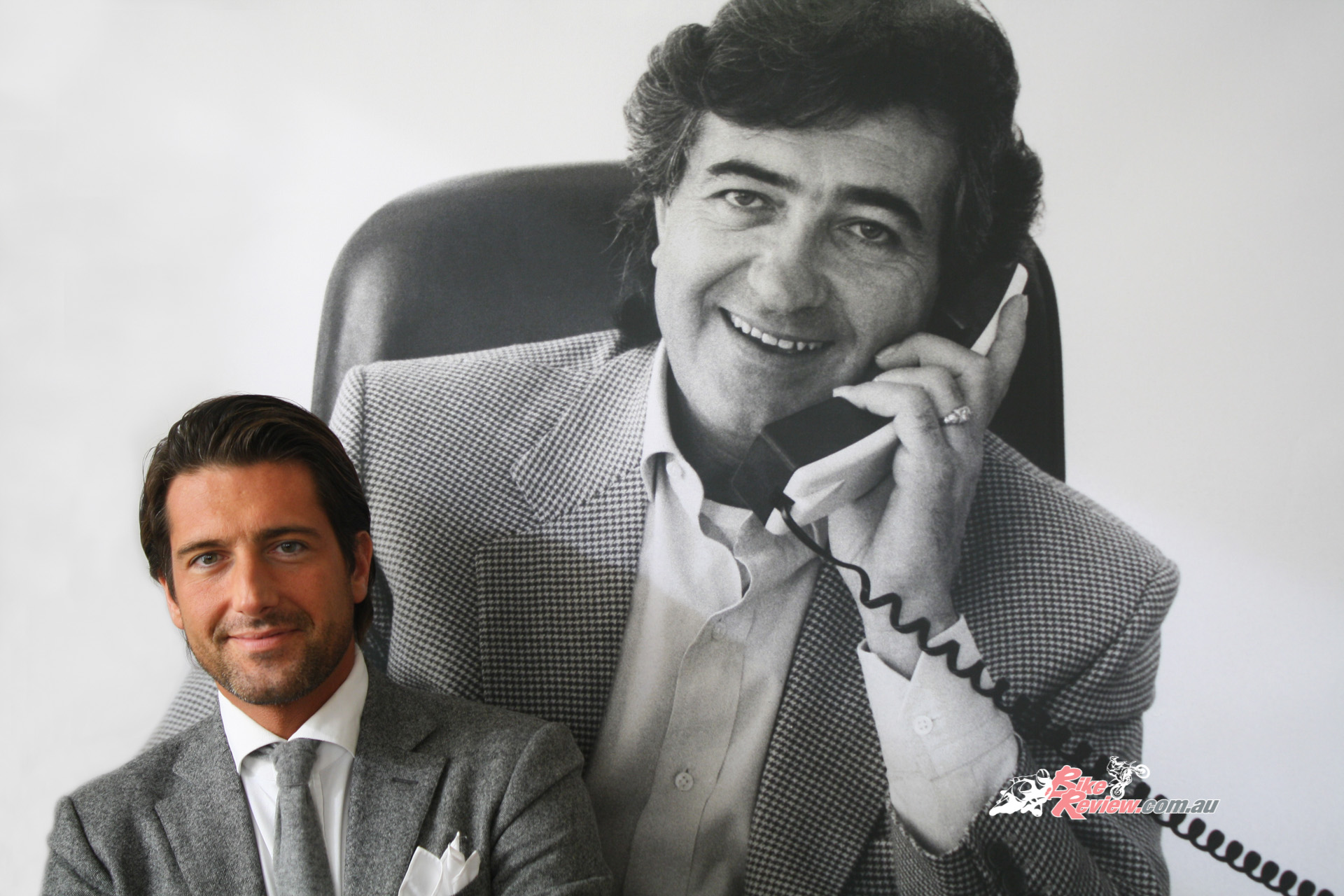
Timur Sardarov began making a series of investments in MV which resulted in his purchasing Mercedes-AMG’s 25 per cent equity in November 2017, and by 2019 obtaining full ownership of MV Agusta from Giovanni Castiglioni.
But in November 2016, Russian entrepreneur Timur Sardarov began making a series of investments in MV via his family’s Comsar investment fund which resulted in his purchasing Mercedes-AMG’s 25 per cent equity in November 2017, and by 2019 obtaining full ownership of MV Agusta from Giovanni Castiglioni, who departed the scene. Sardarov was appointed CEO, and as a mark of his commitment to the cause moved to Italy, leaving his family still living in London. In October 2019, MV presented a new five-year business plan, envisaging annual production growth up to 25,000 units in five years.

Sardarov was appointed CEO, and as a mark of his commitment moved to Italy, leaving his family still living in London.
Unfortunately, this plan didn’t envisage what happened next – COVID-19. Having invested what he says is over €200 million to become sole owner of the historic manufacturer, Sardarov quickly found himself battling supply chain and distribution issues, with Putin’s invasion of Ukraine (which Sardarov publicly condemned in a letter to MV staff), and surging energy costs.
“For a company which has essentially never yet registered a profit in its 78 years of existence up till now, the future starts here – and it will be very different than what’s gone before.”
A brief four-week production shutdown in March 2020 allowed him to keep the company alive, but with production stubbornly limited to just 6,000 bikes in 2022, decisive action was needed. Having already consummated an agreement to take over MV Agusta’s distribution in North America, in November 2022 Pierer Mobility AG, owner of KTM, acquired a 25.1 per cent stake in MV Agusta in return for a €30 million capital increase. Pierer Mobility would henceforth take over supply chain purchasing for MV Agusta, and would also be responsible for its global distribution outside Italy.
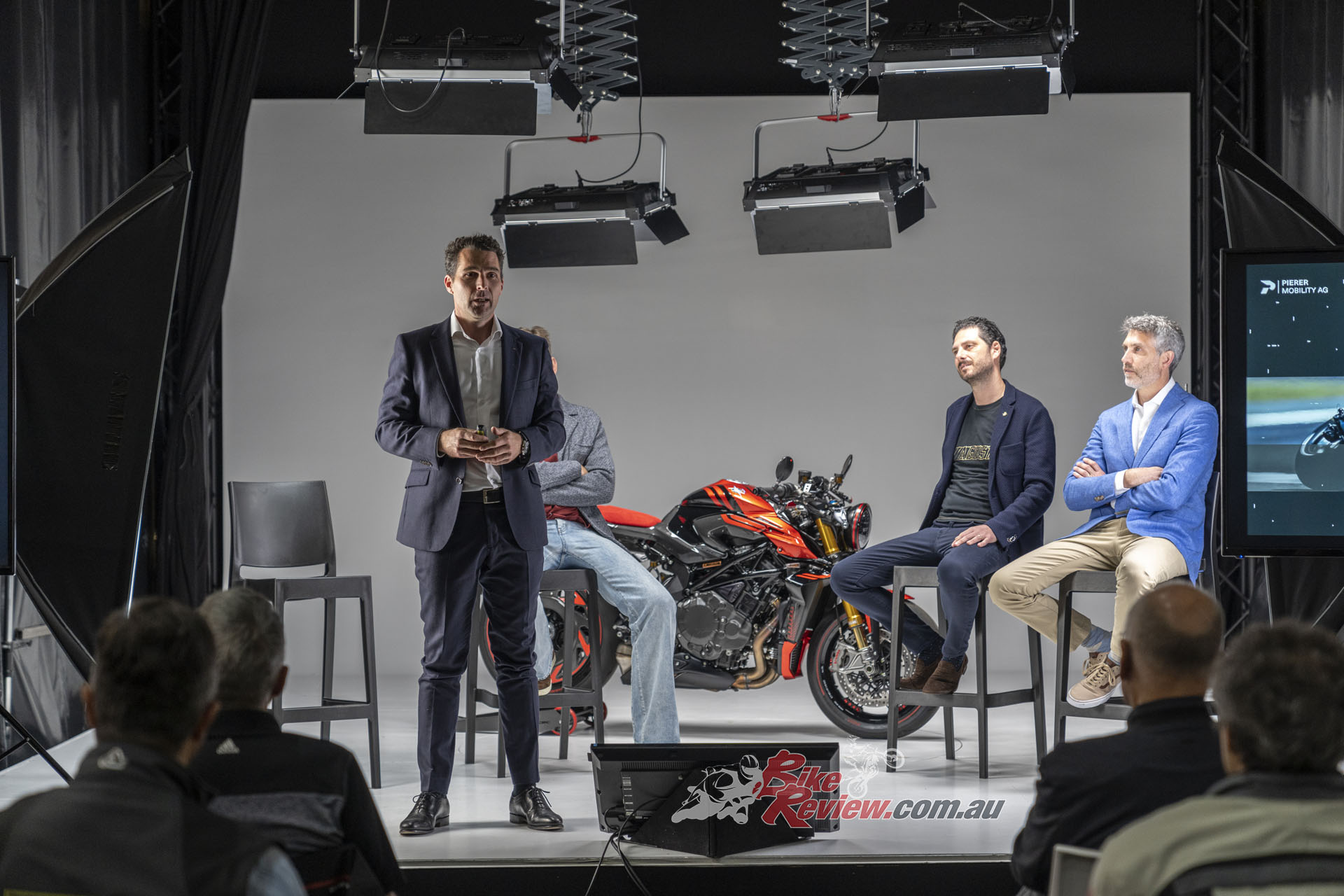
So does all this mean we can look forward to bright orange MV Agustas? “Absolutely not”, says Florian Kecht.
For a company which has essentially never yet registered a profit in its 78 years of existence up till now, the future starts here – and it will be very different than what’s gone before.
Editor’s Note: If you are reading this article on any website other than BikeReview.com.au, please report it to BikeReview via our contact page, as it has been stolen or re-published without authority.


